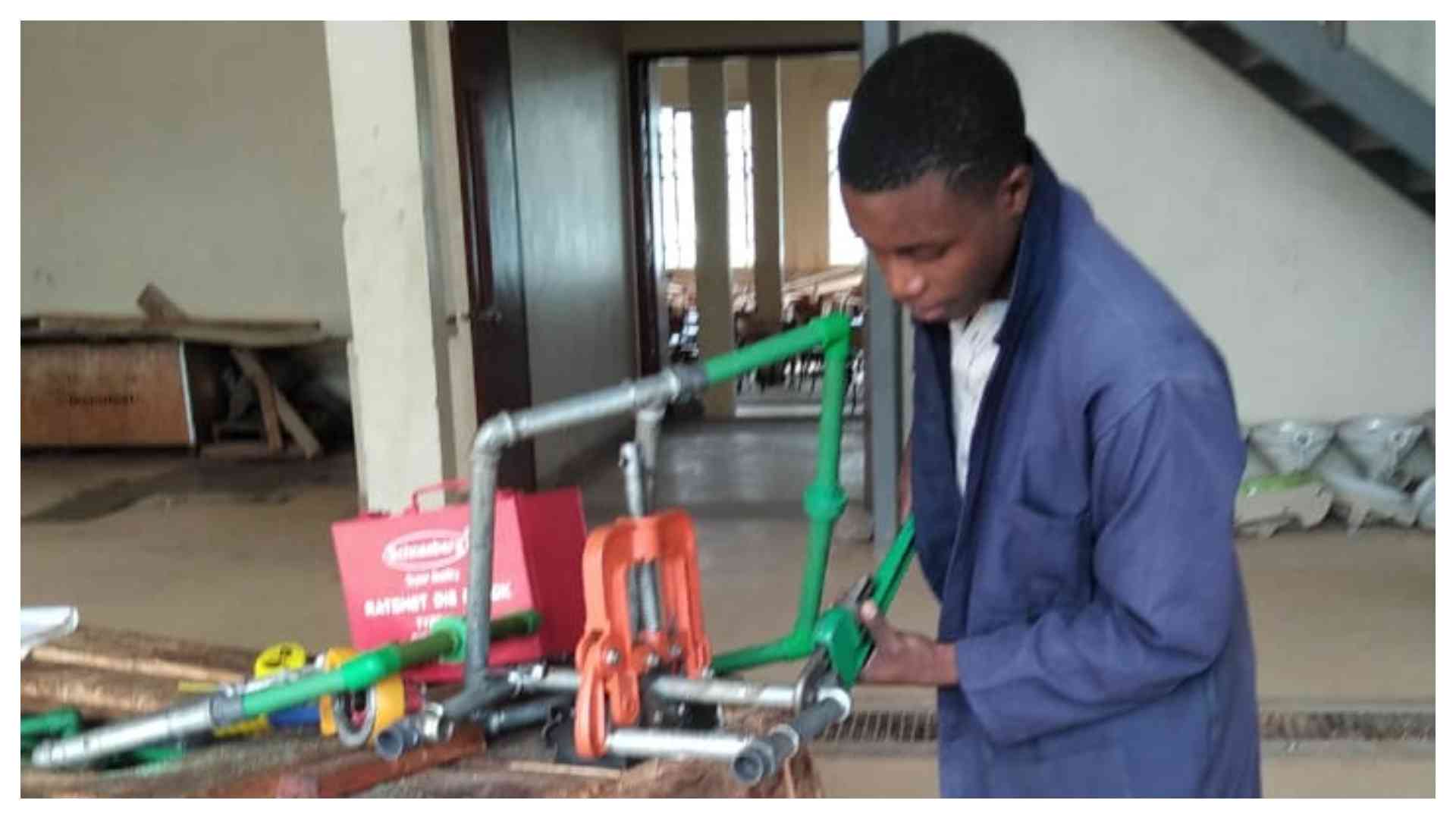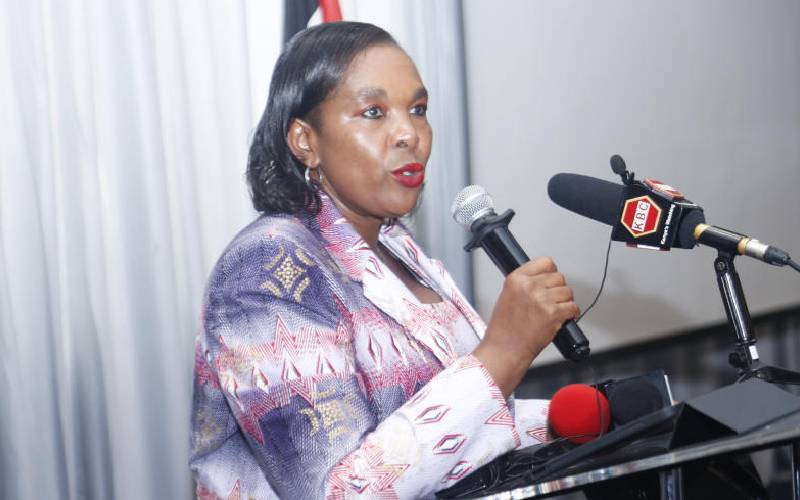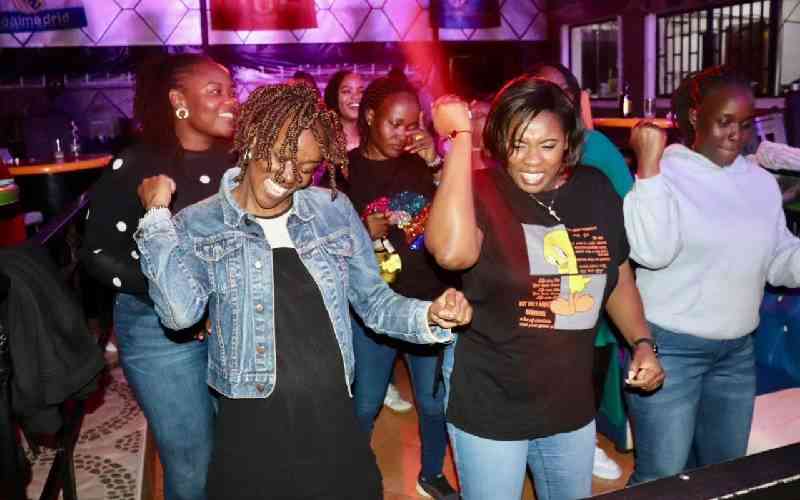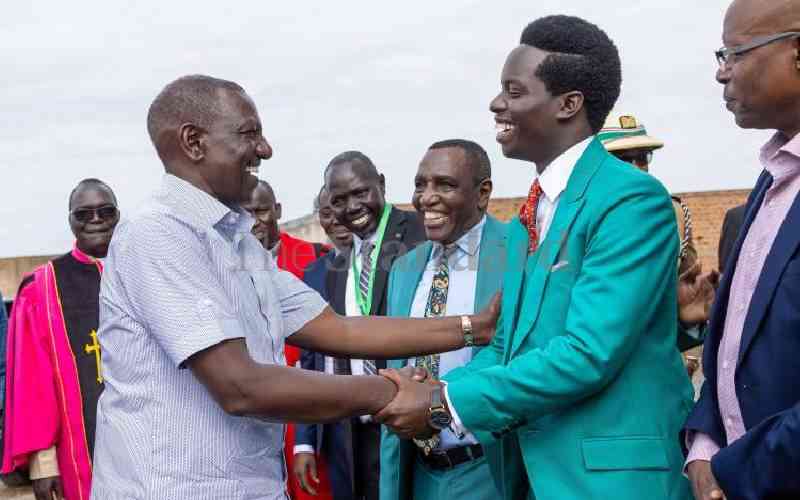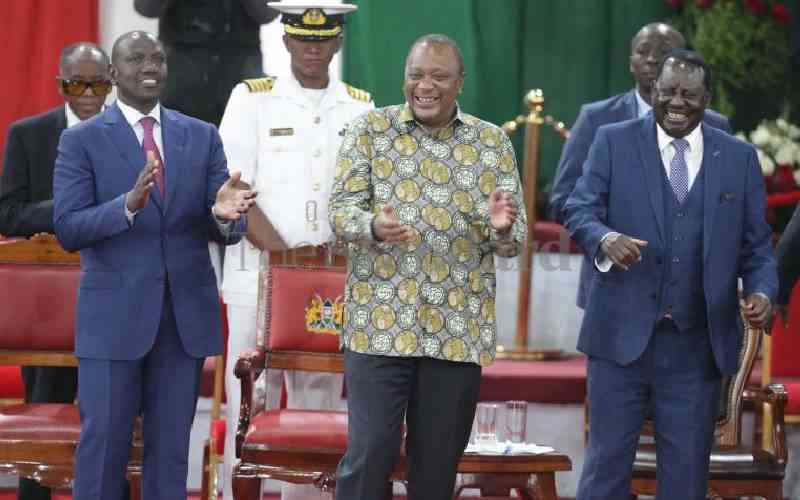The history and meaning of gender and its representation in the media, in the context of Kenya’s highly competitive and emotive politics, are interesting but rather polemical.
The meaning is especially contested because gender has structured our thoughts and perceptions about the place of women in politics, and their participation and inclusion in the political process. In the current campaign period, gender has become an issue because the way female politicians are often covered and represented in the media is at times scandalous.
The issue has aroused great interest in recent weeks particularly from women candidates, political parties and others concerned about the possible consequences of media coverage of women politicians and candidates and their performance.
The issues are also important because they inform long-standing debates about political inclusion and belonging, and marginalisation and exclusion of particular ideas, people and social groups.
Thus, gender-sensitive reporting has particular resonance for female politicians and (female) equal rights advocates mainly because they speak to the processes of democratisation characterised by (un)fair and (in)equitable access to media space and resources.
A range of issues
The dominant (albeit sometimes dogmatic and fallacious) view in the debates surrounding political reporting is that the way female politicians, aspirants and candidates are covered is not based on the issues they advance but on their looks and (marital, social) status.
For this, the media are seen as ‘unfair’ to most female candidates.
Fairness here is defined as the amount of media coverage offered, the kind of questions asked, and the way the women (and their issues) are ultimately framed.
Granted, the media have a range of issues to contend with, and the number of candidates in this election has not helped. Besides, the media are not wholly to blame.
There are many factors that inform media coverage and representation of female politicians. Their campaign posters and billboards and the messages therein, for example, reflect the thinking among those who help craft the messages.
Sometimes, the women self-objectify with the (false!) ‘belief’ that they will capture and retain (if only momentarily) the wandering eye of the voter considering there are several candidates.
We are alive to the vicious contradictions in our media that seem interested in both success and infamy.
Thus, while they celebrate success, they have to constantly confront female politicians as objects to be ogled due to their curvaceous and ‘beautiful’ bodies but admired for their interest in leadership despite the challenges the positions present.
Sales and ratings
Stay informed. Subscribe to our newsletter
How then do we reconcile such issues and still see the serious side of the women who want to package themselves as having the brains (some think brawn!), and beauty with the courage they have to confront politics and patriarchy?
How should they be covered, and what should the focus be considering the media operate in a highly competitive marketplace where sales and ratings matter? What should they concentrate on? These are tough questions that the media, journalists and editors have to confront as they try to be more gender-sensitive.
Let’s look at it from another angle, and ask more questions. Should the media even cover politicians (established or not) often dismissing women as unmarried and thus incapable of leading? Is competence predicated upon one’s marital status?
We live in an era where attacks on female candidates seem fair game, and their intentions alone apparently veritable provocation to all sorts of verbal and sometimes physical attacks.
How do we ensure that the media offer a lot more space to denounce the vulgarity and prejudices hurled at women when some journalists and media are incapable of avoiding more established (and interesting!) candidates who can enhance ratings and sales?
Quality of coverage
In recent weeks, the Media Council of Kenya, the United Nations Development Programme, UN Women and the Independent Electoral Boundaries Commission (IEBC) have organised training sessions for journalists as they seek to enhance the quality of coverage of this year’s elections.
Among the issues the bodies are interested in is how to make the reporting fairer to women. Despite existing problems and disparities in the coverage of men and women, there is an overarching view that the quality of coverage of female politicians and candidates (and the issues they feel passionate about) has improved significantly as journalists become sensitised on the need to give women more space in a political landscape dominated by men.
Some have argued that women need to fight it out, to find their way through the difficult political labyrinth. Besides, that is democracy, and while we appreciate that equity and affirmative action are important, some women have managed to fight their way through the murk.
Be that as it may, there are compelling reasons why the media should be gender-sensitive, and ensure that they not only give enough space to both men and women but that the coverage is fair and not sexist and derogatory.
In other words, it is important for the media to play a leading role in promoting a fair, and inclusive society where nobody is discriminated against and/or left behind.
Perhaps we need to have spaces dedicated to female candidates to ensure their voices are heard as part of enhancing their electability and promoting the female agenda.
This would demonstrate that the media are not only paying close attention to the issues but also giving space to women to advance their agenda in a patriarchal society.
The writer lectures at the School of Journalism and Mass Communication, University of Nairobi.
 The Standard Group Plc is a
multi-media organization with investments in media platforms spanning newspaper
print operations, television, radio broadcasting, digital and online services. The
Standard Group is recognized as a leading multi-media house in Kenya with a key
influence in matters of national and international interest.
The Standard Group Plc is a
multi-media organization with investments in media platforms spanning newspaper
print operations, television, radio broadcasting, digital and online services. The
Standard Group is recognized as a leading multi-media house in Kenya with a key
influence in matters of national and international interest.
 The Standard Group Plc is a
multi-media organization with investments in media platforms spanning newspaper
print operations, television, radio broadcasting, digital and online services. The
Standard Group is recognized as a leading multi-media house in Kenya with a key
influence in matters of national and international interest.
The Standard Group Plc is a
multi-media organization with investments in media platforms spanning newspaper
print operations, television, radio broadcasting, digital and online services. The
Standard Group is recognized as a leading multi-media house in Kenya with a key
influence in matters of national and international interest.


